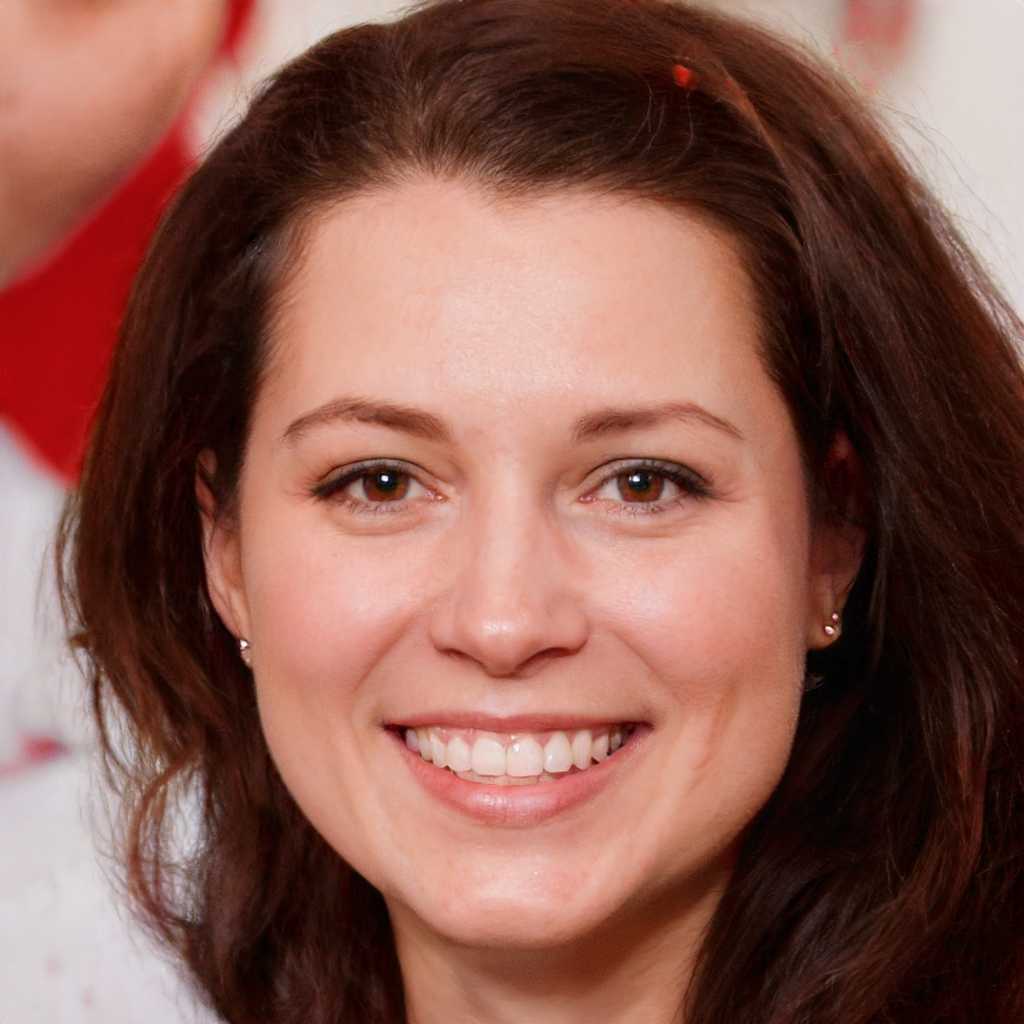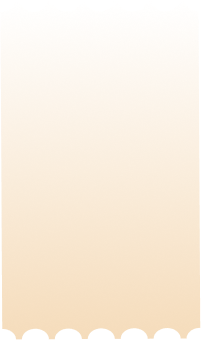Organisational behaviour act as a interface between organisation and behaviour of a human. It is a study about how people act in the groups. Organisation behaviour basically focus on developing positive environment in the organisation so that growth opportunities can be increased for both the individuals and teams(Tankebeand Meško, 2015). In the current report LG is taken into consideration which is a multinational company of electronics and was founded by Koo in-Hwoi in year 1958. It's headquarters is in South Korea. its products include Television, mobile, washing machines and other home appliances. In addition to this, the report is going to cover the factors which affect teams and individual behaviour, Motivation Theories and techniques. Later, it covers the philosophies and concepts of organisation behaviour that effect the behaviour of individuals and team members.
TASK 1
P1 Analysis of organisation culture, power & politics that can affect team and individual performance & behaviour
organisational behaviour is a process of gaining competitive advantage with an aim of motivating the behaviour of individuals and team members (Osland, Devine and Turner, 2015). The HR department plays a crucial role in order to maintaining a good relationship between employer and employee. Below are some of the the factors that effect the behaviour of employees as well as team members:Â
Culture:
Every organisation is based on some values, beliefs and culture. The primary role of human resource in an organisation is to promote a good culture which will be helpful for the welfare of employees of the company. Some of the cultures which are followed by LG are as follows:
Role culture:  It is a business structural concept that is the specified role is assigned to each and every employee of the organisation. it takes place according to the skills and knowledge of workers. In context to LG, the manager of the company assigned duties to all the subordinates so that no confusion can be created among the employees. This will directly improve the performance and efficiency of employees as well as teams. Â
Task culture: In these type of culture, the teams are formed and task is given to them with in a specified time limit. With reference to LG, the manager will make healthy relationship between employees by forming the groups and assign them the tasks. This will improve the behaviour of team members as they have to work effectively and efficiently to achieve the goal with in a specified time period.
Person culture: In these type of culture the focus is only on the behaviour of individuals rather than the team. This culture help LG to develop or improve the skills and behaviour of the employees individually. It also affect negatively to the organisation, as every employee thinks themselves senior and work according to them. This will lead to non fulfilment of organisational goals as per the specified time period. Â
From the above study about the various cultures it has been analysed that the culture that is most beneficial for the LG is Role Culture. This will help LG to motivate employees an teams which further improve the performance of the organisation.
POWER:
It is the ability of an individual to control the activities or attaining the goals. In the organisation upper level authorities has the power to take decisions and assign the responsibilities to the employees. In context to LG, the higher authorities uses different types of power in order to improve the behaviour of its employees which are discussed below:
Reward power: This power is used by the authorities to give rewards to those employees who give their best performance in the organisation. With reference to LG, the manager should give rewards such as bonus, incentives, promotion to the employees who did hard work to achieve organisational goals. This will motivate them and will positively effect on the behaviour of the employees(Lăzăroiu, 2015).Â
Expert power: Expert power is used by the organisation to carry out the task effectively and in appropriate manner. In context to LG, the company should take advise from the experts so that the morale of the employees is increases which in turns improve the behaviour of workers in the organisation.
 It has been analysed that the power which improve the efficiency and performance of the employees is Reward power. This will motivate team and individuals as they work with full zeal when they get appreciation in terms of monetary benefits.Â
Politics
The way human interactions in the organisation take place as showing the power. Politics can be negative as well as positive. Taking leaves, employees interaction way, rotational shifts and so on are positive politics where as negative politics occur when the behaviour of the employees is not good, stereotype people is there etc. with reference to LG, positive politics influence employees and negative politics degrade them which will directly impacts on their behaviour and productivity of the organisation.
TASK 2
P2 content and process theories of Motivation
Motivation is a way to influence people in the organisation in order to improve the performance and productivity of the company. It helps companies to increase the level of performance of workers which results in effective outcome.
Motivational theories: These theories is used by the organisation to encourage employees and analyse their requirements. The manager of LG uses motivational theories so that they can fulfil the requirements of employees which in turns increase the efficiency of the company(Kong, , 2016). It is of two types that is content and process theories of motivation. The higher authorities of LG uses ERG theory as content theories of motivation and Adam's equity theory in process theories of motivation which is described in detail below:
You Share Your Assignment Ideas
We write it for you!
Most Affordable Assignment Service
Any Subject, Any Format, Any Deadline
Order Now View Samples
Content Theory
These theory is mainly focused on the individual needs and analyse the things which motivated people. In addition to this, content theory helps companies in identifying the requirement that is important for them to motivate the employees. The ERG theory is discussed below which a manager uses in LG:
ERG motivation theory:
ERG theory was formulated by Clayton P. Alderfer, to motivate the employees of the organisation. It consist of five needs that describes in the three categories that is Existence, Relatedness and Growth. ERG theory helps in analysing individual needs and then fulfilling it.
Existence needs: This need consist of physiological that is food ,shelter, cloth and safety needs that is job security, health security and so on. In context to LG, company can fulfil these needs of the employees so that they are not work under any of the mental stress and should only focused on the organisational work. The employees feel safe and comfortable I the premises of the organisation. This will directly increase the profitability and productivity of the organisation.
Relatedness Needs: These need related to social needs and self esteem need which is external of an individual. These helps in maintaining a good relationship with subordinates, peers and help. With reference to LG, the upper level authorities can fulfil these need by held informal meetings, events and parties. They feel comfortable and satisfied with other employees and there belongingness increase. In addition to this, there is a reduction in absenteeism of employees and they like to come and work with the employees. This will helps them to work in a team without any hesitation and attaining the objectives of the company in a specified time period.Â
Growth Needs: Self actualization and internal esteem is the part of growth needs. These influence an individual to be productive and creative in completing the task. LG can fulfil these needs of employees by conducting training sessions that help in developing skills and professionalism in the employees. When growth needs is fulfilled, it will encourage and influence workers to be more productive and creative with the passage of time and gain importance in the organisation(Klotz and Neubaum, 2016).
Process theory:
process theory focuses on the overall behaviour of the individual. It analyse which factors make person motivated that is how employees requirement can be fulfilled. Adam's Equity Theory as process theory is discussed below in detail:
Adam's Equity Theory:
This theory is formulated by John Stacy Adams in year 1963. His main focus is on the two principles. The first principle is to maintain a balance between input and the output of an individual that is effort and hard work of an employee is equal to the result they get. The second principle is employees have believe that they are treated equally and fairly in the organisation. With reference to LG, they should treat employees in a fair manner and give them the extra benefits such as incentives, rewards, appreciation, monetary rewards and so on of their good performance. If the employee get the pay off of its hard work they feel value and important part of the organisation. This will motivate employees and they started working with full potential in order to achieve the organisational goals with in a time frame(Graham, ., Ziegert and Capitano, 2015).   Â
TASK 3
P3 Ineffective and Effective Teams
Teams are said to be a group which consist of various individuals for a specific purpose which has a relation with attainment of objectives and goals. In Organisations, the basically the teams are divided into two forms which are effective & ineffective. Effective teams can be those in which various functions have to be executed in an effective manner.
|
Basis
|
Effective Team
|
Ineffective Team
|
|
Objectives
|
In case of effective teams, Goals have to be very clearly stated so that members are very clear in what work has to be done by them and ways in which objectives can be achieved by organisation with the help of their employees(Chen, Chen and Sheldon, 2016).
|
In infective teams objectives and goals are not clear which means that there are various issues which can arise between the members and the organisation. Such issues can have a negative effect on the overall level of performance of the whole workforce in the company.
|
|
Decision making
|
All members have equal opportunities so that they can present their views on various topics so that they are able to have growth & development of the company.
|
Ineffective teams are those in which members are not allowed to indulge in any process or nay kind of decisions which is being taken by the organisations. This may lead to adverse effect on their level of perfomance in the organisation.
|
Â
Team Dynamics:
In accordance with Lencioni's theory, there are basically five major elements which play a very important role for the whole organisation. This is crucial factor which helps in the development of teams which are effective and cohesive at the same time. There are various elements which are related to this factor as stated below:
- Healthy nature of conflicts: Conflicts clearly create negativity in the organisation but in case of healthy nature of conflicts they do not create nay type of negativity instead it helps the organisation in understanding the employees individual behaviour.Â
- Commitment: Every individual must be belonging to a group and they all must be committed together to achieve the results in the specified time frame. Having a committed staff is very essential for achievement of various objectives in the companies.
- Accountability: This element is related to accountability of every member in the whole team. It is very essential for achievement of overall objectives in the organisation that each member is properly accountable towards achieving the objectives of company.
- Trust: It is very important for the organisation that there should be presence of trust between employees and also between employer & employee. This trust factor helps in building effective relationships between various members in the organisation.
Above mentioned elements help in achievement of various team objectives in LG.
Type of teams:
This type of teams have been developed according to organisation's and task requirements. Such type of teams are discussed below:
Project Team: Teams have been developed with a motivation of completing the project in an effective manner. LG is a brand which is having its presence across globe this is a task which is very helpful in execution of work at various stages of the working of the company. There are many projects which have to be executed in the company and those have to be achieved in the stipulated time frame. For this employees come together and form a team that is known as project team (Carnevale, 2018) .
Functional team: This is the team which consists of individuals who are belonging to various diverse business functional areas. The team is developed in LG and then various skills & knowledge is being utilised of the employees in achieving the objectives set by the company. Various important decisions which may be related to acquisition and merger are taken by company based on threats present in the external environment. Functional team can be understood by its name which means that employees from various functional divisions come together and perform function in which they are having specialised knowledge.
Virtual Teams: This is related to the integration of various personnels who are belonging to different diverse locations. Technology has to be also utilised for overall benefit of the company. This will be of great help for LG for using the knowledge and skills possessed by various individuals (Brickley, Smithand Zimmerman,2015).Â
Toll Free AU
+61 483982483

24x7 Support?
TASK 4
P4 Application of various concept of Organisational behaviour
This theory is basically dealing with the application of leadership on the present business situation in LG.
Classification of Path Goal Theory:
This theory has major three elements: Â
Employee Characteristics: The leaders take into account the behavioural nature of employees with a desire to make effective strategies so as to motivate employees. It is also analysed that staff members should make effective strategies to motivate employees and reduce the negativity in the overall working environment of LG Staff members should make attempts that they are able to remove the negativity in the workplace.
Are you looking for help with assignments? We are here providing you with Humanities Assignment Help. Our writers will provide you with the professionally written assignment so that you will receive a high grade.
Task and Environment Characteristics: The leaders should ensure that each task and the overall environment in the atmosphere is according to the requirement of the staff members. The leader makes sure that overall environment of the workplace is accordance with the needs of the staff members and the employers at the same time. There are situations in which negative environment in LG may lead to occurrence of conflicts among the employees (Borkowski, 2016).
Leadership Behaviour: The leader makes attempts to determine the style which is perfectly suitable for the leader to be applied in the context of present situations of business so as to conducting smooth operations and help in increment of employees which will act as motivation tool for employees in the company.
According to the present business situations negative atmosphere may lead to negative environment at workplace. In case of LG the most suitable style is participative style as this can help them in addressing various issues of management(Borkowski, 2015). This will help in developing a feeling of engagement of employees which can help in accomplishment of the work in the specified time frame. There is another advantage of this style is creativity can be developed among employees. This style has one disadvantage that this may lead to decision making becoming a very long process.
Participative style of leadership can have a positive impact in terms of increasing the constructive outcome which can act as inspiration for the whole workforce in the company. Negative impact can be that each individual has a different opinion which has to be considered by top management. This may lead to creation of internal conflicts between employees of the company. It becomes very important for companies such as LG that they have to consider both the perspectives while they are willing to implement the participative style of leadership.
Philosophies of Organisation behaviour:
System leadership Theory:
It helps the leaders in organisations that they are bale to create a environment in which at all levels productivity of employees according to their potential. It uses a principle so as to build a effective model of leadership, social process, system design. This theory can also be applied to LG so as to deal with the issues which are of ineffective communication, negative atmosphere of workplace prevailing in the organisation (Belschak, Den Hartogand Kalshoven, 2015). This theory will help in providing the leader with tools which can help them in predicting the behaviour of employees and overall behaviour of team. It also plays a very crucial role in making the employees realise their overall role and job in LG. It will help in ensuring a positivity in the overall atmosphere and help in reduction of the overall turnover of staff members. This will also lead to establishment of cost effectiveness in the company.
CONCLUSION
From the report it can be concluded that every organisation has a particular behaviour which has a effect on the growth of business. Many factors are there which can also influence the employee in achieving goals and objectives which have been decided by the company. Managers should analyse various aspects related to expectations of employees. This will help them in understanding their workforce, further planning can be done in the company according to that understanding which has been developed. Various motivational and process theories have also been developed which assist companies in motivation of their employees. Path goal theory helps leaders in understanding behaviour of organisation. Managing people is the most difficult task of employers which can be performed in an effective manner with the help of development theories. They are very helpful in increasing the overall motivation of staff members in the company.
You may also check samples based on organizational behaviour category -Â
MGTS7601 | Unit 36 Value and Contribution to Organisational Success | Tesco plc
Unit 5 Understanding and Leading Change Level 5
Organizational Structures and Culture
REFERENCES
- Borkowski, N., 2015. Organizational behavior, theory, and design in health care. Jones & Bartlett Publishers.
- Borkowski, N., 2016. Organizational behavior in health care. Jones & Bartlett Publishers.
- Brickley, J., Smith, C. and Zimmerman, J., 2015. Managerial economics and organizational architecture. McGraw-Hill Education.
- Carnevale, D., 2018. Organizational development in the public sector. Routledge.
- Graham, K.A., Ziegert, J.C. and Capitano, J., 2015. The effect of leadership style, framing, and promotion regulatory focus on unethical pro-organizational behavior. Journal of business ethics, 126(3), pp.423-436.
- Klotz, A.C. and Neubaum, D.O., 2016. Article commentary: Research on the dark side of personality traits in entrepreneurship: Observations from an organizational behavior perspective. Entrepreneurship Theory and Practice, 40(1), pp.7-17.
- Lăzăroiu, G., 2015. Work motivation and organizational behavior. Contemporary Readings in Law and Social Justice, 7(2), pp.66-75.
- Osland, J., Devine, K. and Turner, M., 2015. Organizational behavior. Wiley Encyclopedia of Management, pp.1-5.
- Tankebe, J. and Meško, G., 2015. Police self-legitimacy, use of force, and pro-organizational behavior in Slovenia. In Trust and legitimacy in criminal justice (pp. 261-277). Springer, Cham.
Amazing Discount
UPTO55% OFF
Subscribe now for More
Exciting Offers + Freebies











